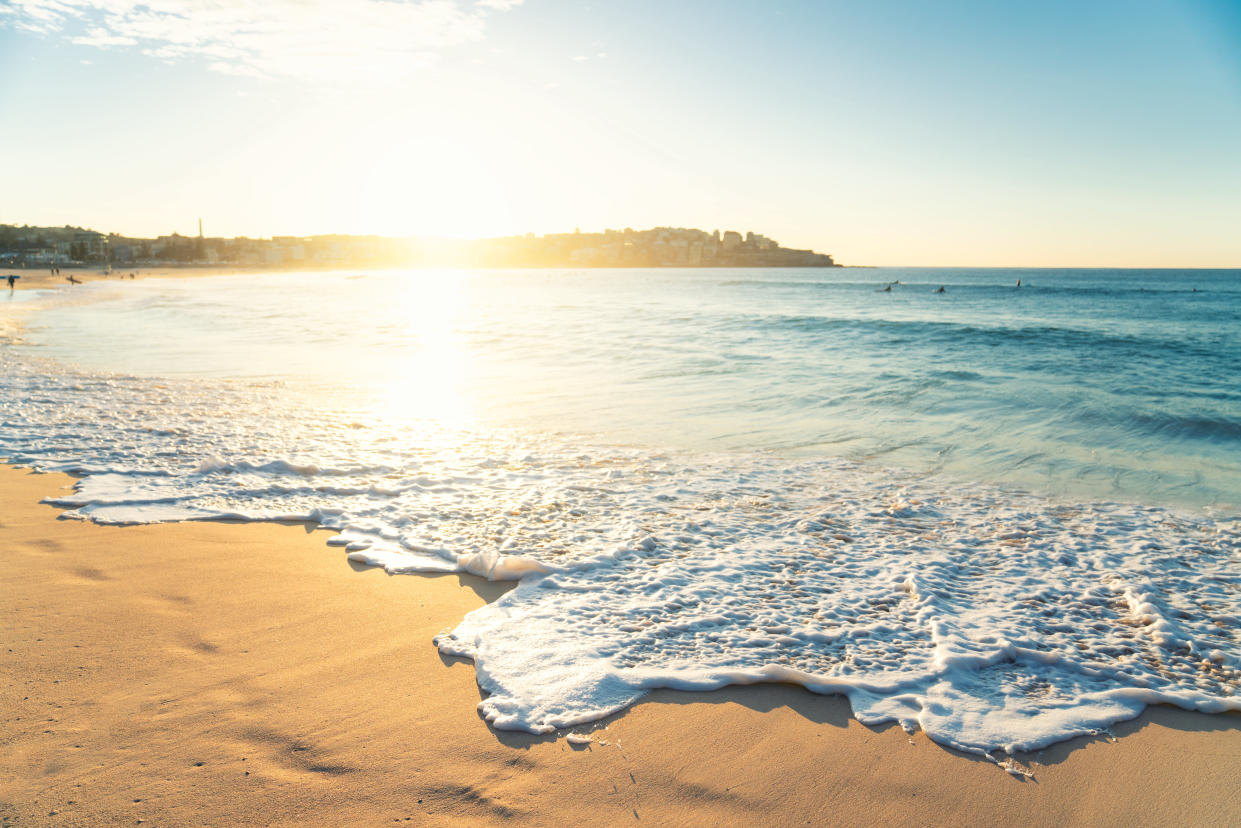Dermatologist warns of three hidden spots where skin cancer often appears
Summer is almost here, which means — for much of the nation — more time in the sun. And while it’s fun to spend hours on the beach or relaxing by the pool, it’s crucial that you take precautions to protect yourself from the damage these rays can inflict.
Skin cancer, primarily caused by sun exposure, is the most common cancer in the United States — and one of the fastest growing. According to SkinCancer.org, over 190,000 people will be diagnosed with the most dangerous form, melanoma, in the U.S. in 2019, and 7,000 will die.

But while melanoma can be deadly, it’s just one of many dangerous conditions that result from the sun. Dan Belkin, MD, a dermatologist and skin cancer surgeon, shares with Yahoo Lifestyle how to stay safe this year, and notes that one of the main questions he hears from patients is, “What’s the difference between UVA and UVB?”
He explains, “Dermatologist have a mnemonic for remembering this: Aging starts with A, so UVA causes more photo aging. Burns start with B, so UVB causes more burning. UVB is also the major component in causing skin cancer.” Belkin says that to protect from UVB rays, you need to use sunscreen with an SPF of 30 or higher, which blocks 97 percent of the UV rays.
Two common mistakes that people make with sunscreen are not re-applying enough, or forgetting specific spots of the body. Belkin says that three common places to find skin cancer are the top of the head, the helix of the ear, or the lower lip. “[That] tells me that people often miss these areas,” he says. “Make sure you’re putting enough on and you’re applying it frequently enough.”
Aside from being diligent about sunscreen and sun protection, Belkin says the best way to ensure your own safety is to see a doctor regularly. “We recommend that most people get skin checks every year,” he says. “But if you have a family history of skin cancer, we may recommend six months.”
For more information about how to stay safe from the sun, watch the video above or go to SkinCancer.org’s prevention page.
Read more from Yahoo Lifestyle:
Follow us on Instagram, Facebook, and Twitter for nonstop inspiration delivered fresh to your feed, every day.
